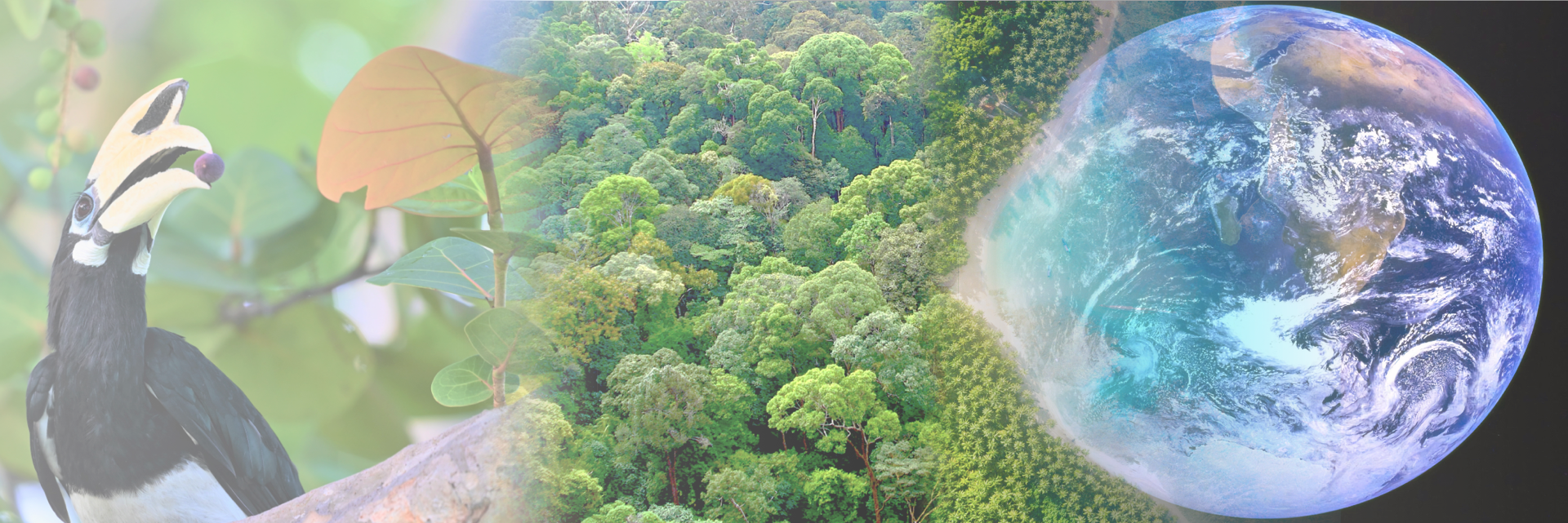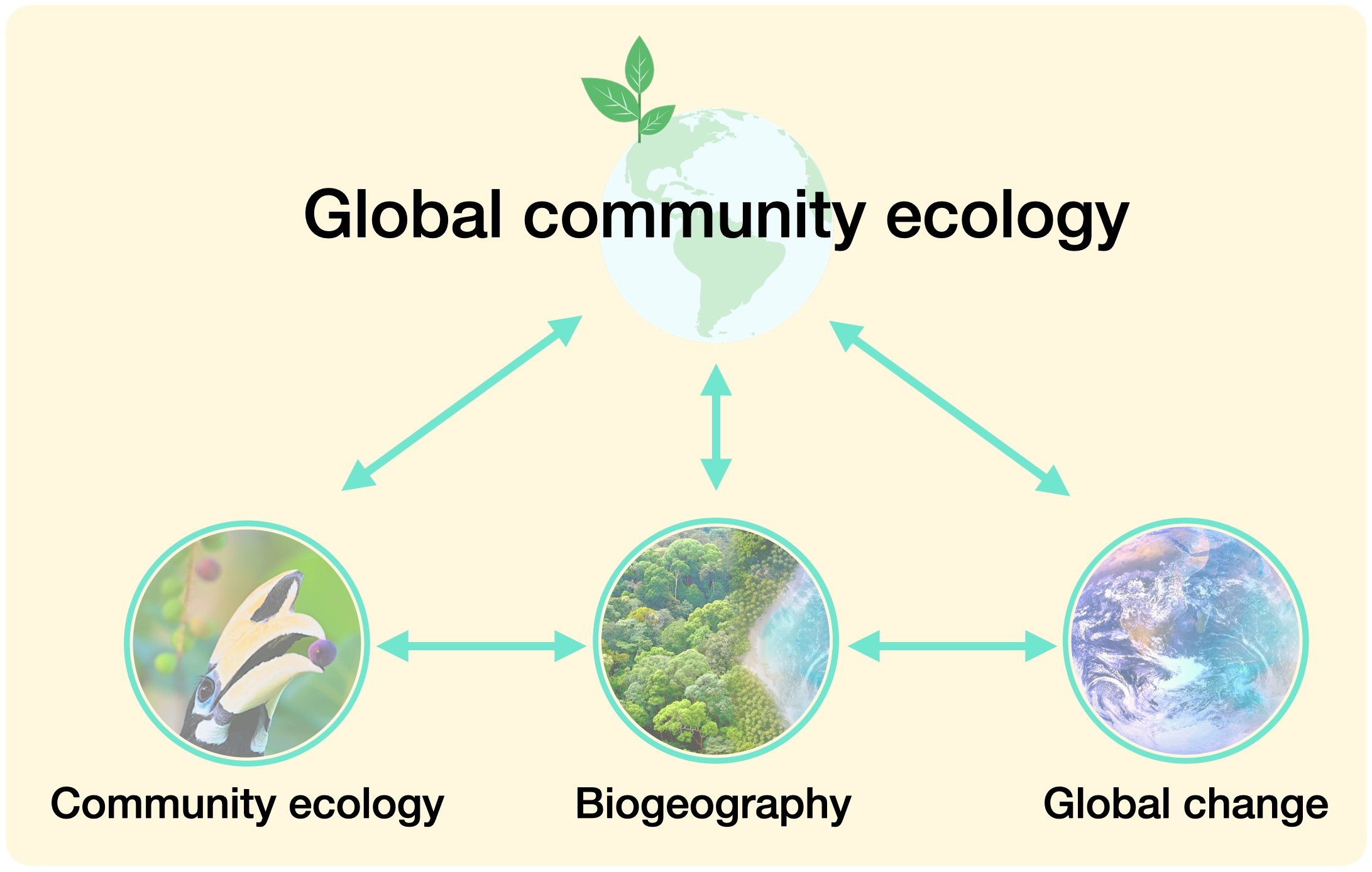
A brief overview of my research program:
My research spans community ecology, biogeography, global change biology and data science. I am driven to understand how ecological and evolutionary processes create and erase biodiversity patterns in plants and animals. I do this by developing and applying computational, modeling and theoretical tools.
I'm most excited by questions that merge local and global scales, and basic and applied research, such as: How can we make community ecology a global science? How can we make macroecology a local science? How can we make global change biology a more predictive science? Answering these questions is crucial to piece together the puzzle of earth's biodiversity, conserve nature as well as humanity, and build a global community of ecologists prepared to tackle the challenges of the 21st century.
My current research program has three main foci; below I outline my past and ongoing work in each area:
Building a global ecology of species interactions
Protecting ecosystems with ecological theory and big data
Untangling biodiversity dynamics across scales





